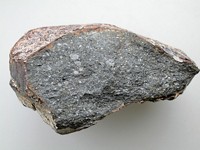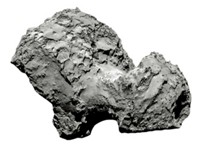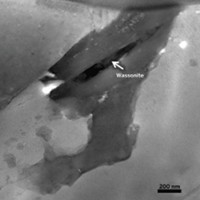Advertisement
Grab your lab coat. Let's get started
Welcome!
Welcome!
Create an account below to get 6 C&EN articles per month, receive newsletters and more - all free.
It seems this is your first time logging in online. Please enter the following information to continue.
As an ACS member you automatically get access to this site. All we need is few more details to create your reading experience.
Not you? Sign in with a different account.
Not you? Sign in with a different account.
ERROR 1
ERROR 1
ERROR 2
ERROR 2
ERROR 2
ERROR 2
ERROR 2
Password and Confirm password must match.
If you have an ACS member number, please enter it here so we can link this account to your membership. (optional)
ERROR 2
ACS values your privacy. By submitting your information, you are gaining access to C&EN and subscribing to our weekly newsletter. We use the information you provide to make your reading experience better, and we will never sell your data to third party members.
Physical Chemistry
A hot start for some comets?
March 20, 2006
| A version of this story appeared in
Volume 84, Issue 12
Some comets may be made up of material ejected from the sun or other stars during the early days of their formation, in contrast to the icy outer solar system origin previously envisioned, scientists announced on March 13. Particles of the comet Wild 2, returned to Earth last January by NASA's Stardust spacecraft, contain the iron-magnesium silicate mineral olivine-in particular, a magnesium-rich form known as forsterite (shown in a sample from Stardust). Olivine is common in the solar system, but it is believed to be formed at high temperatures near stars. The samples also contain other minerals rich in calcium, aluminum, and titanium that were likely formed at high temperatures. More than 150 researchers worldwide are now studying the tiny comet grains that were captured in aerogel collectors aboard Stardust. Scientists hope to determine how much of the comet material came from outside the solar system and how much came from our own solar nebula, said Donald Brownlee, principal investigator for the $200 million Stardust mission.





Join the conversation
Contact the reporter
Submit a Letter to the Editor for publication
Engage with us on Twitter